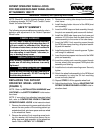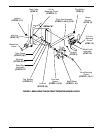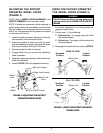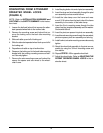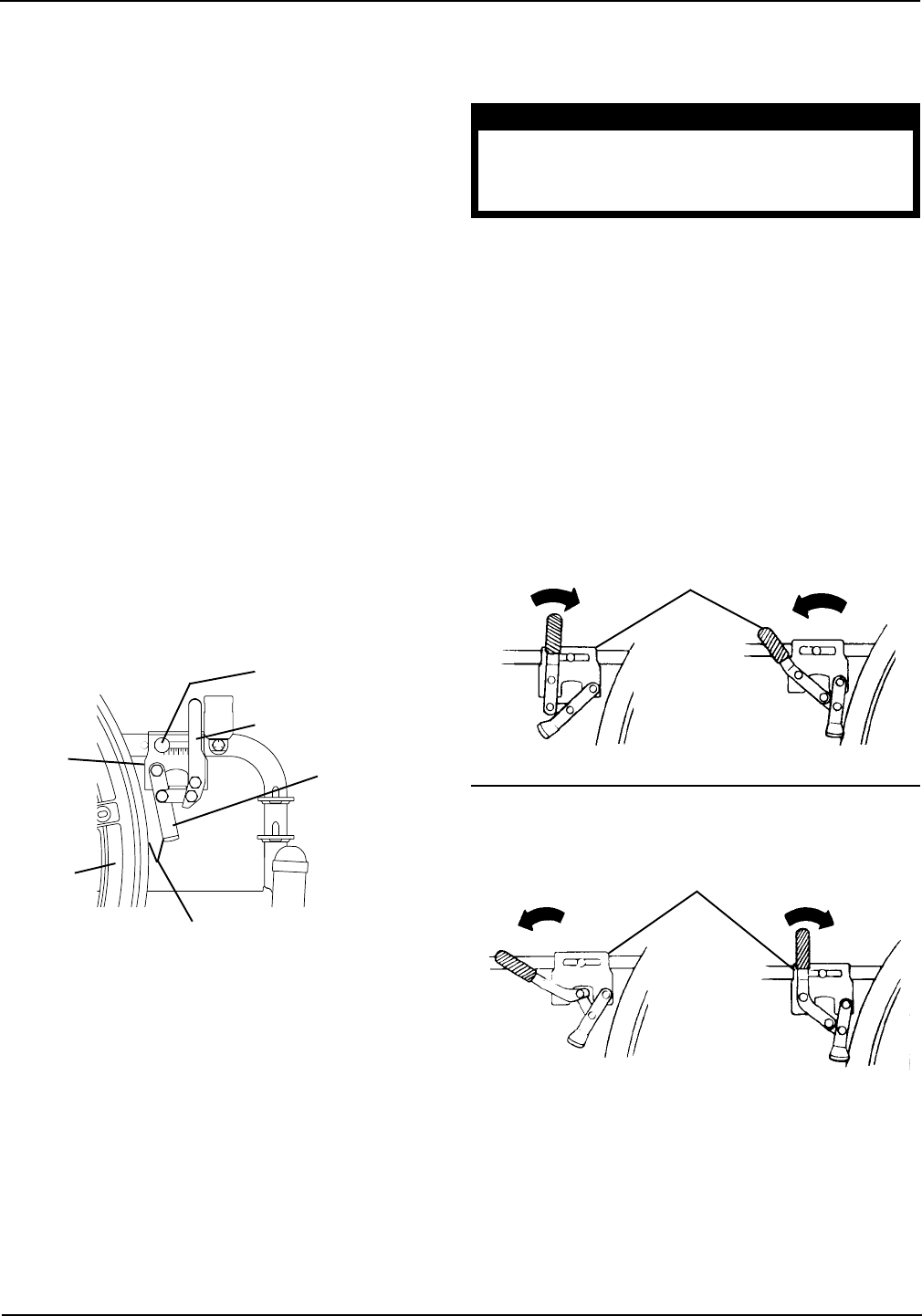
3
ADJUSTING THE PATIENT
OPERATED WHEEL LOCKS
(FIGURE 2)
NOTE: Refer to INSTALLATION WARNINGS in the
SAFETY SUMMARY in this instruction sheet.
NOTE: If wheels are pneumatic, before adjusting or
replacing the wheel lock assemblies, ensure that the
tires are inflated to the recommended psi on the side
wall of tire. The recommended tire pressure is located
on the side wall of the tire.
1. Loosen the bolt and locknut that secure the wheel
lock assembly to the wheelchair frame.
2. Adjust the position of wheel lock until the mea-
surement between the rear wheel and the wheel
lock shoe is between 5/32 and 5/16-inches.
3. Securely tighten the bolt and locknut.
4. Engage wheel lock and ensure the wheelchair
holds its position.
5. Repeat the above procedures until the wheel lock
holds the wheelchair.
6. Repeat STEPS 1-5 for the opposite wheel lock.
Wheel Lock Handle
Bolt and Locknut
Wheel Lock
Shoe
5/32 and 5/16-inches
Rear
Wheel
FIGURE 2 - ADJUSTING THE PATIENT
OPERATED WHEEL LOCKS
Wheel
Lock
USING THE PATIENT OPERATED
THE WHEEL LOCKS (FIGURE 3)
WARNING
DO NOT attempt to stop a moving wheelchair
with the wheel locks. WHEEL LOCKS ARE NOT
BRAKES.
1. Ensure the wheelchair is not moving before en-
gaging the wheel locks.
2. Perform one (1) of the following:
A. Push-to-Lock - To engage, push the wheel
lock handle forward.
B. Pull-to-Lock - To engage, pull the wheel lock
handle backward.
3. Disengage the wheel locks by reversing STEP 2.
PUSH TO LOCK
Unlocked
Position
Locked
Position
PULL TO LOCK
Unlocked
Position
Locked
Position
FIGURE 3 - USING THE PATIENT OPERATED
WHEEL LOCKS
Wheel Lock
Wheel Lock



